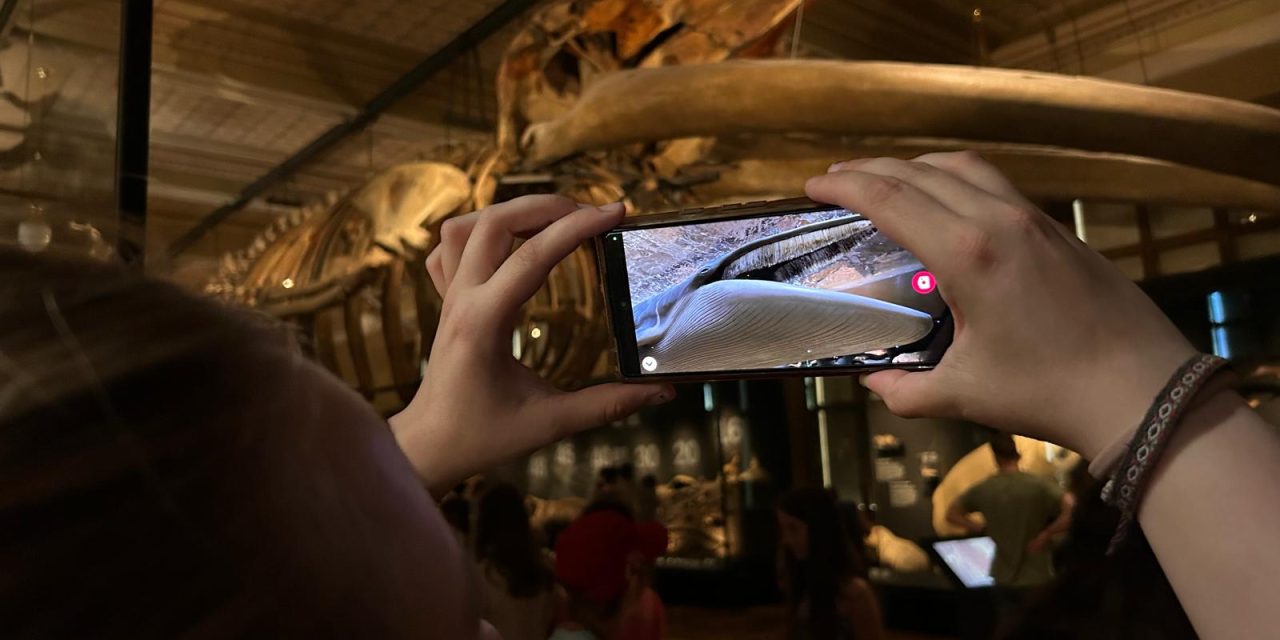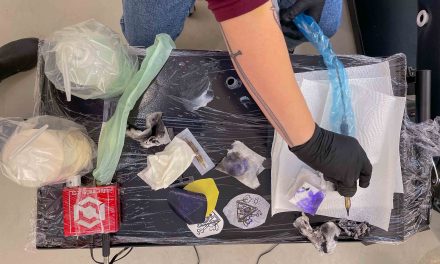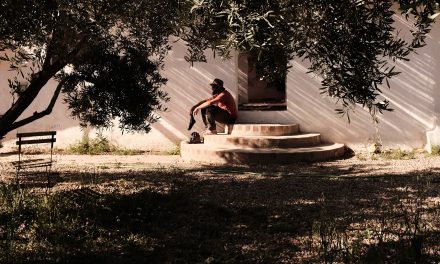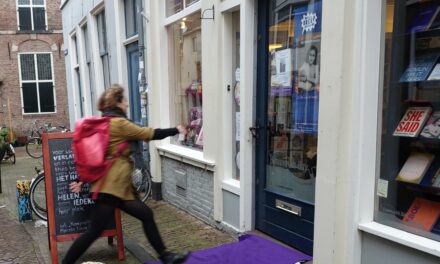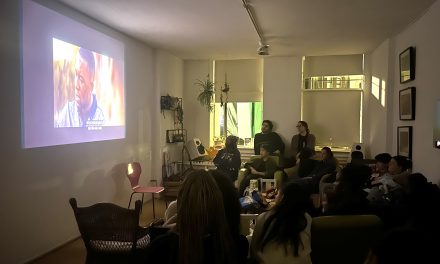In Prague, museums are embracing digital technologies to show visitors their cultural heritage in a new way. The National museum in Prague has also been active to digitize their experience throughout virtual tours, online exhibitions and interactive resources. This way, people all around the world can experience the art, history and culture from wherever they are, so that the history can live on. Let’s experience it ourselves through the eyes of student Lauren Zola.
When walking past the huge historical buildings that show off the amazing craftsmanship from many years ago, you can feel the history. From the National museum, the Wenceslas Square and the Kafka museum close by the Vlatva River, they each offer a glimpse of the past. With such beautiful and rich history, is Prague the hotspot for tourists from around the world. Also for Lauren Zola, a student in Global Studies from New York, who has already seen a lot of Europe and has come to Prague for this reason. ‘Of course, in a lot of cities in Europe there are these beautiful old historical buildings, but here in Prague it’s just a bit more majestic, especially the many museums.’ She walks along the river while looking over at the street where the entrance of the National Museum is. With 666,483 annual visitors, according to Eurostat’s ‘Culture Statistics’ report 2019, this is one of the most visited museums in Prague, with the numbers rising each year. Standing in front of the palace like entrance, with imposing columns, her eyes widen with anticipation. Lauren is about to embark on an even more remarkable journey, one that transcends the physical walls of this museum.
"Where the digital and physical world meet" - Dr. Eva Žáčková
While walking inside, her phone buzzes with a notification; ‘Welcome into the National Museum’ it says, the 3D mini version of the museum stares her in the eyes. While looking at the huge entrance and how big the museum is, she starts searching for one of the multiple routes she could do. She is scrolling through the exhibitions when she sees one called; ‘Miracles of Evolution’, as she walks over. She sees a huge skeleton of a fin whale. “Isn’t it amazing?” says Dr, Eva Žáčková, a curator and researcher specialized in the digitization projects at the museum, while she is checking some of the features of the app from the museum. “We aim to make sure everyone can access and see our collections. With this digital technology, it allows us to share our heritage with people who might never have a chance to visit in person. And for the people that do visit in person, like you, we have something extra, because this fin whale can come to alive with the app, using augmented reality.”, she shows Lauren the fin whale throughout the app, swimming and moving around. Lauren walks around the skeleton with her phone in the air. “The skeleton itself is already impressive, but it’s really cool to see how it would have looked alive.” Lauren says while smiling at the fin whale moving around on her screen.
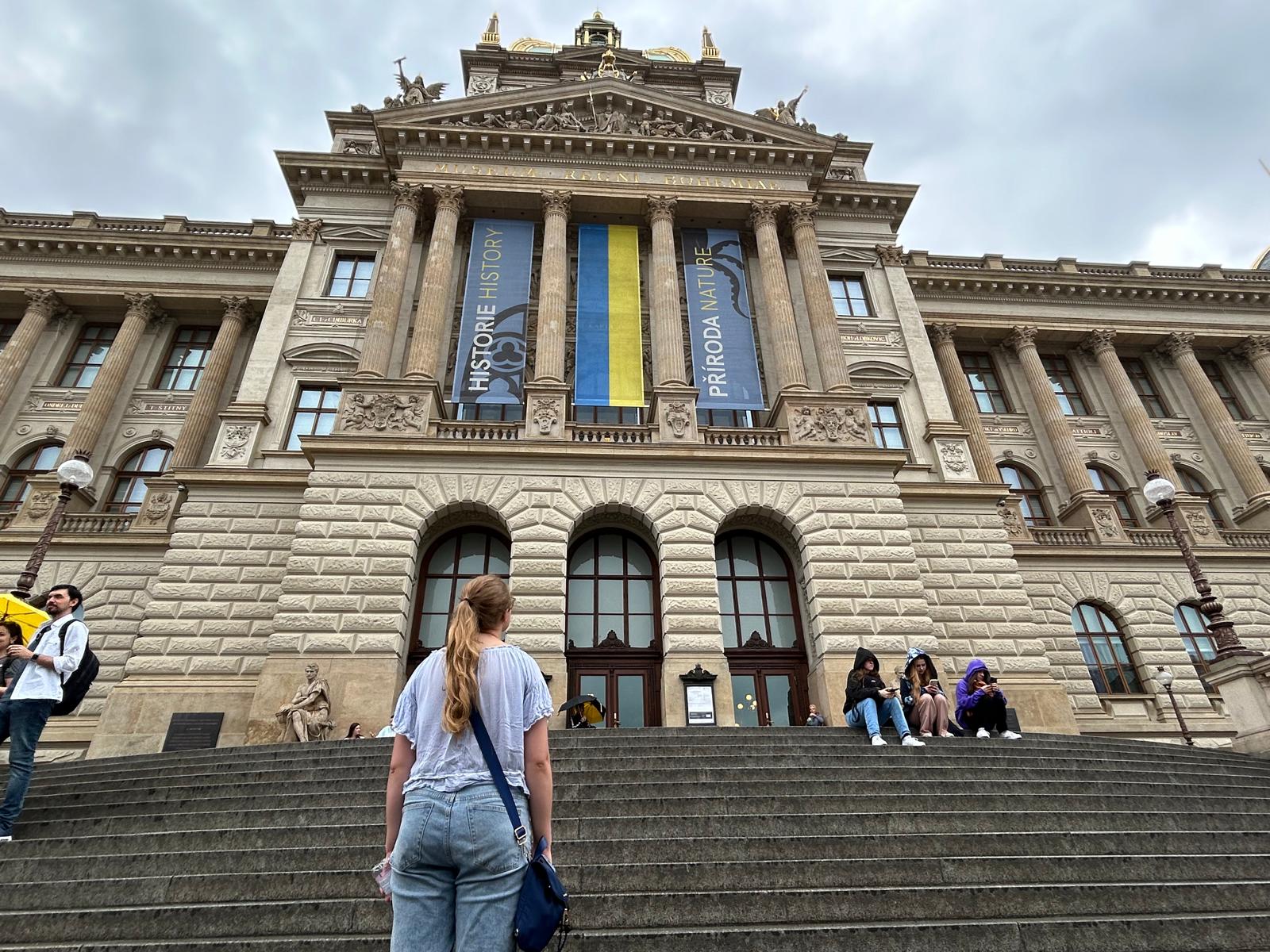
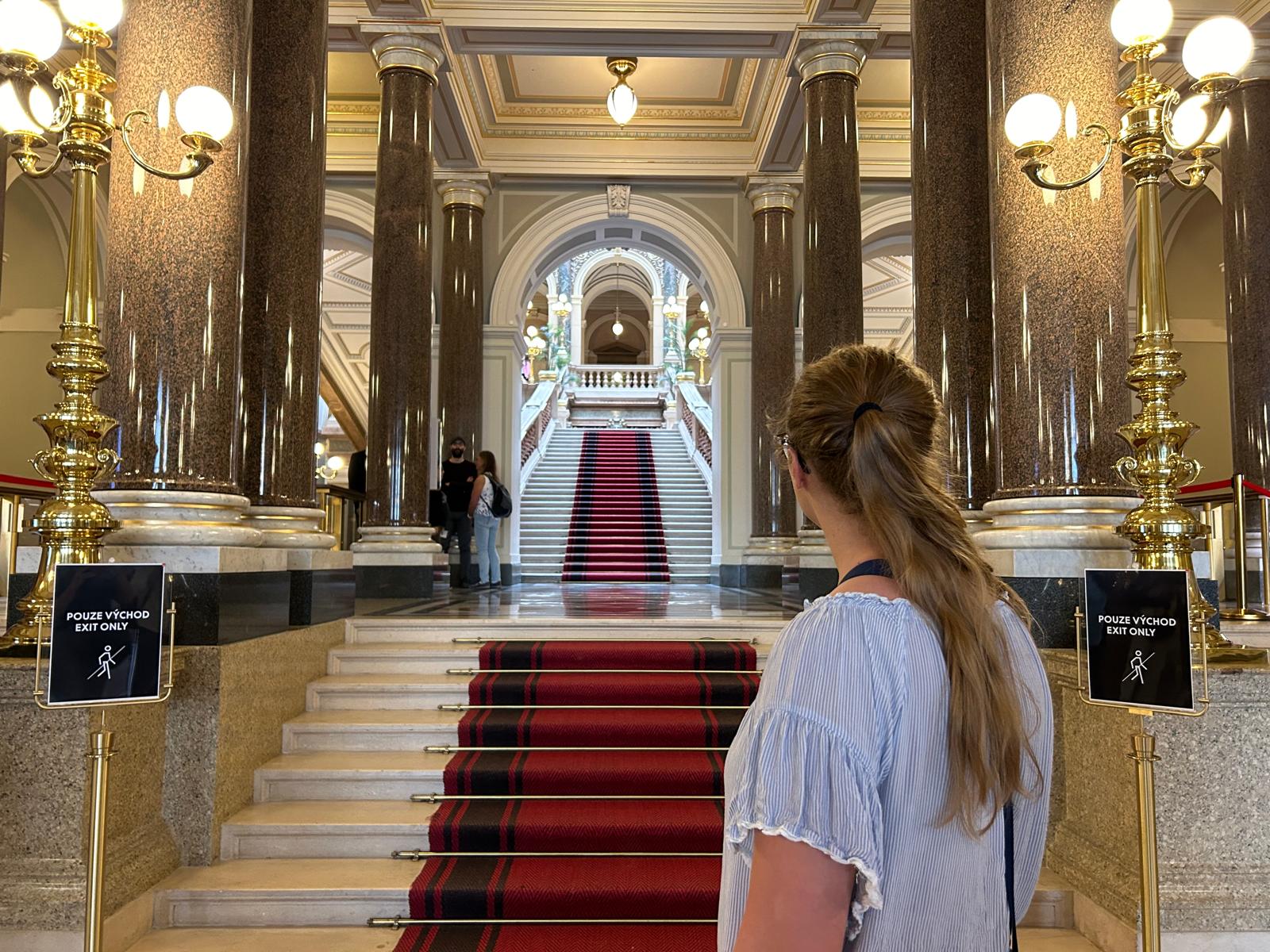
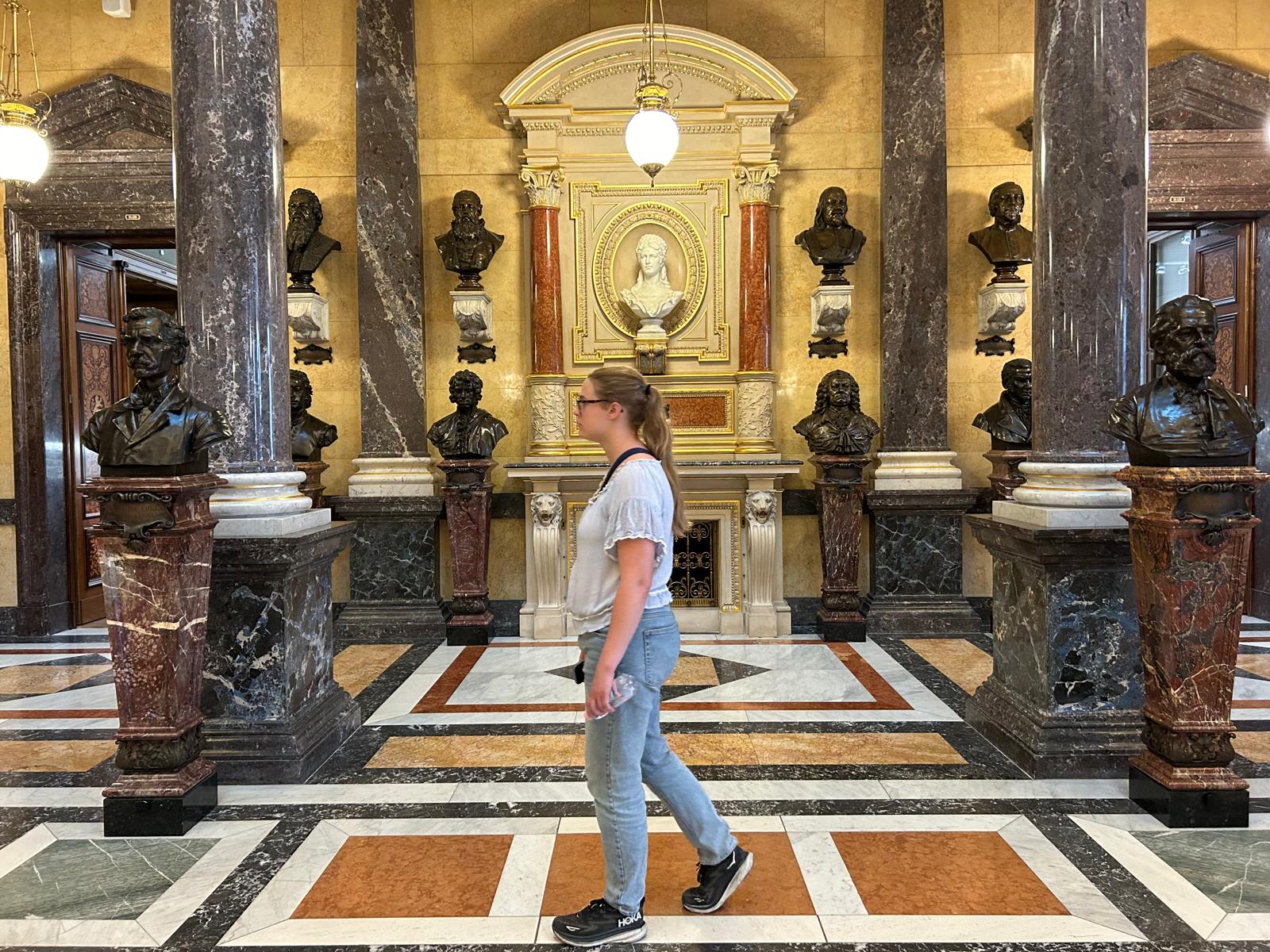
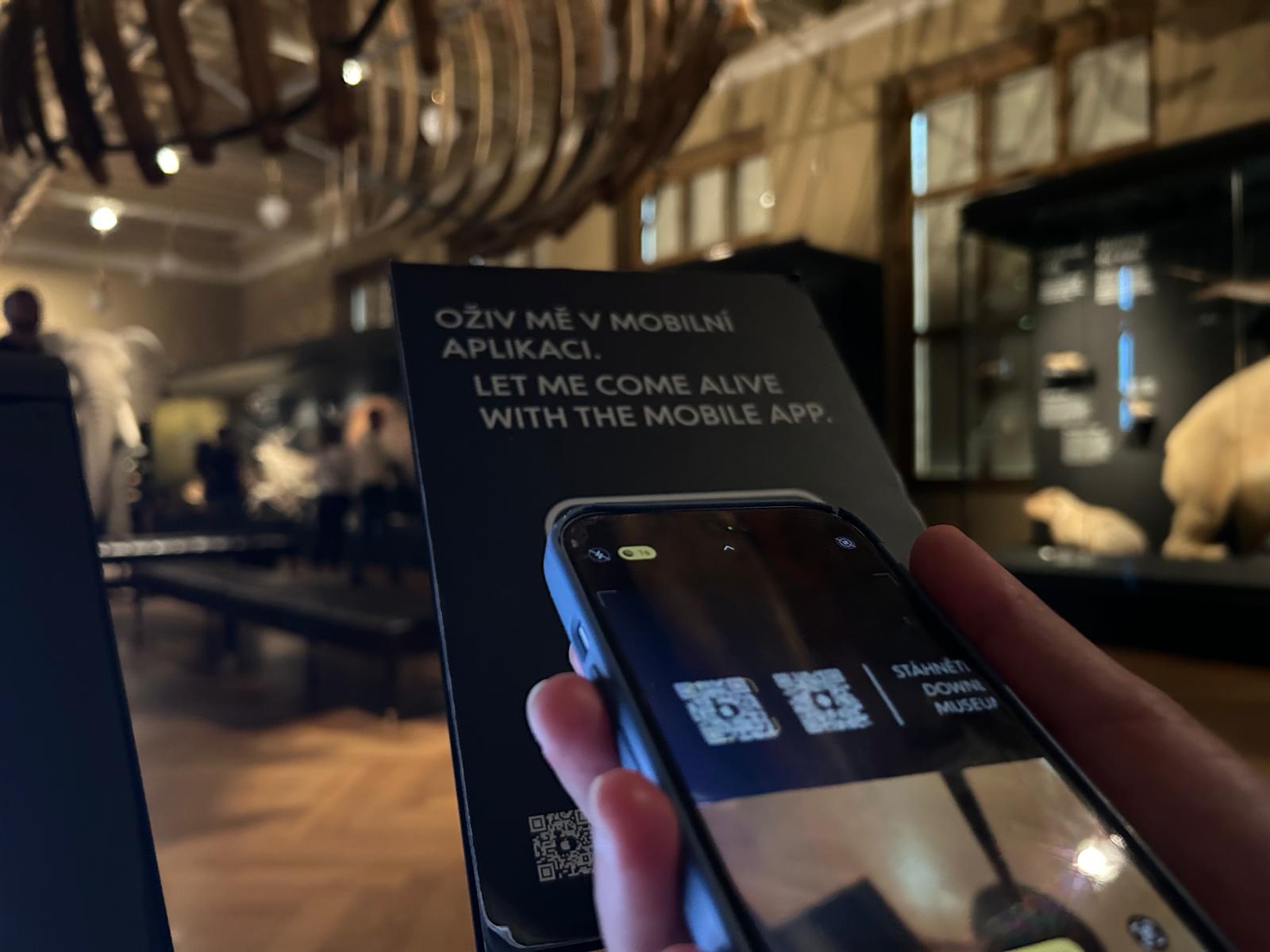
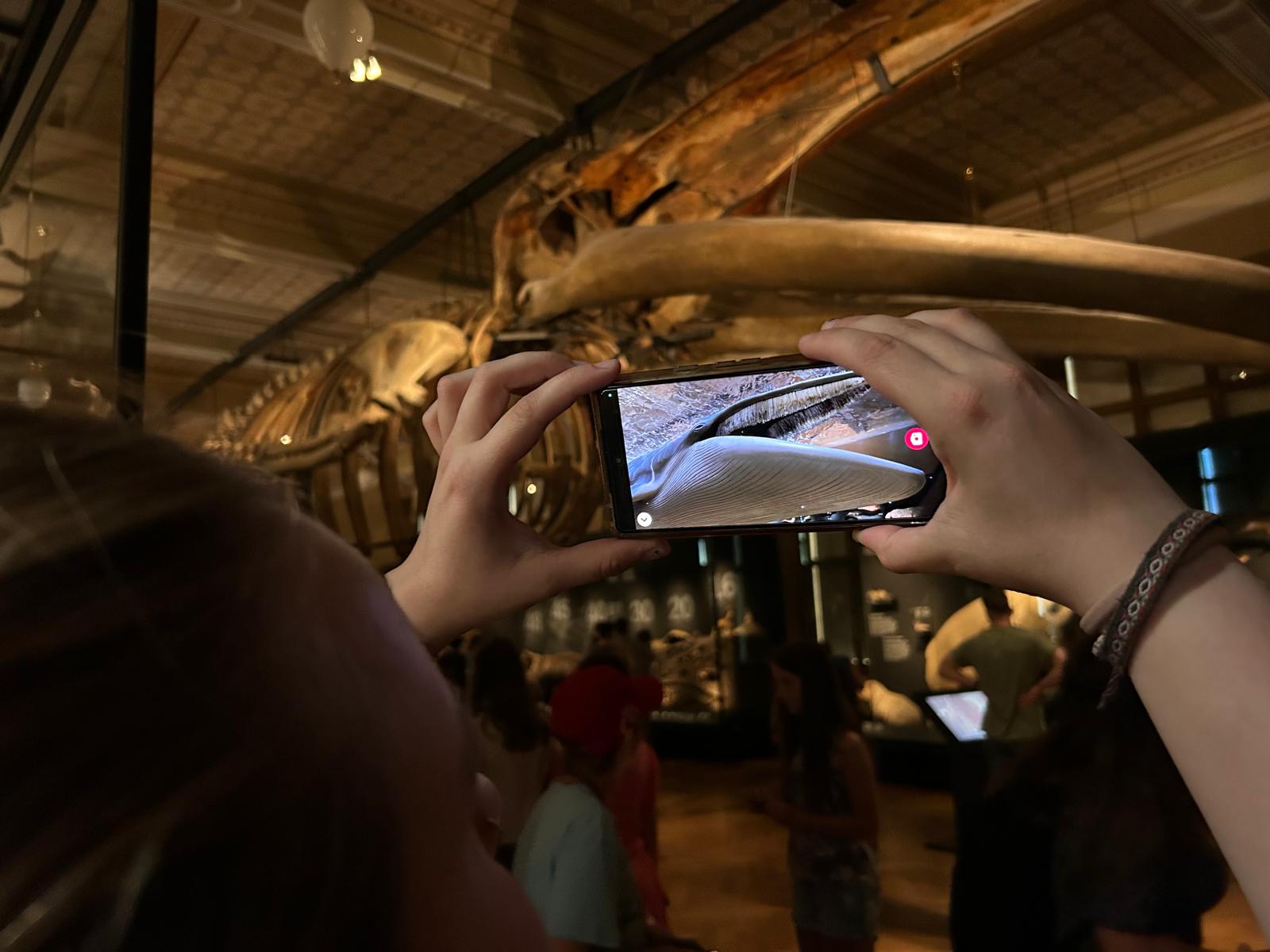
First steps into the National Museum of Prague..
With more than 300 researchers working on 38 projects this year to improve the museum, they are already quite far with implementing technology and use it to their advantage. Since the end of May, the National museum app is fully working and usable for the visitors, which is a big step for the museum to incorporate technology further and further. They use it mostly to enhance the visitor experience, for example; interactive exhibitions, augmented reality tours and virtual reality. Meanwhile, the building itself keeps its glory from the many centuries ago, which gives the whole museum a big contrast between old and new.
“Impressive or changing the museum too much, that's the question.” - Gerhard Frey-Reininghaus
Not everybody is as happy with this change, Gerhard Frey-Reininghaus, secretary for international relations and researcher for museums in Prague for over 20 years, thinks we should be careful, “Technology is a beautiful invention, but we should be careful that it doesn’t take over our creativity. And I know a lot of people will say that technology helps them be more creative, and I don’t think they’re wrong, but we should really keep in mind the ‘help’ part and not let AI and such, do the job for us.” While looking at the app of the National museum from Prague, he looks worried. “The app itself is working great, but I’m thinking about the risk of losing the experience that comes with physically visiting a museum; the ambiance, the scale of the artifacts and the personal connection one feels, something that is hard to replicate digitally. And how can the youth really appreciate how things were back then, if we keep making it more interesting for them and not just keep it how it is.” He closes off the app and opens a book about the National Museum, “Look! Same information, I will always prefer it this way.”, he lets his fingers slide over the paper and turns over to the next page.
"Not only for entertainment and knowledge.." - Chantal Perlee
Dr, Žáčková also doesn’t worry about people not visiting the museum because they have an app. She rather thinks that the app is a great way to get people interested about the museum and still make them wanting to go there. “In the app, there are some features you can only use when you are there in the museum. We also don’t show everything from the museum and use some of the technology, we have been researching, in the museum itself, to improve the experience.” She says while walking past some interactive parts of the museum where kids are learning about animals from around 300,000 years ago. She believes it’s important to keep up with the time and that the museum keeps focus on the new generation. “At the end of the day, we have to look at the future, which is quite funny if you work with really old artifacts, but it’s important that the museum finds a way to connect young and old. That way we stay relevant.” She smiles at the kids who are touching the footprint of a mammoth, while the other kid looks at a video explaining the taxidermy practice of preparing this mammoth they’re looking at.
Sometimes museums don’t use technology to only make sure the youth stays interested but also because some ancient artifacts can’t be preserved forever. Some are effected by light, water or even just the air, then using technology to store those artifacts online forever, keeps the history alive. Chantal Perlee, in charge of preserving the collection at the Central museum in Utrecht, the Netherlands, and is skilled in Collection Management, Documentation and Archival Research, Art Research, Project Management and Visitor information Management, agrees that technology can indeed help in other ways, “In the last few years we put a lot of energy in making the collections online accessible, which was not only for the visitor a great improvement, also for the artifacts and documents themselves, some of them were hanging by a thread, literally and this way they can still be used for knowledge.” She agrees that technology shouldn’t be a replacement for actually visiting a museum, but that it can help a global audience to get in contact with this information with a click of a button.
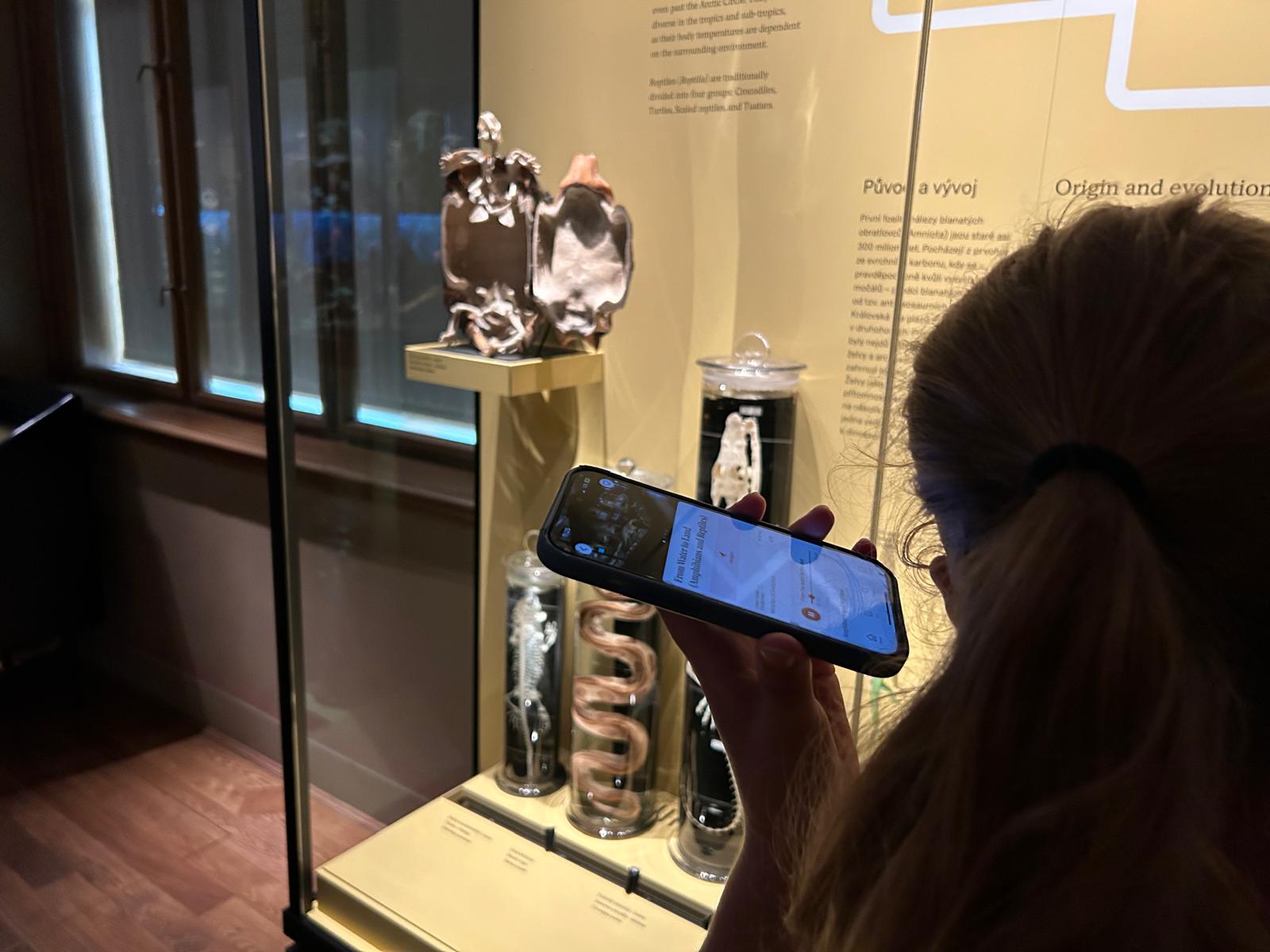
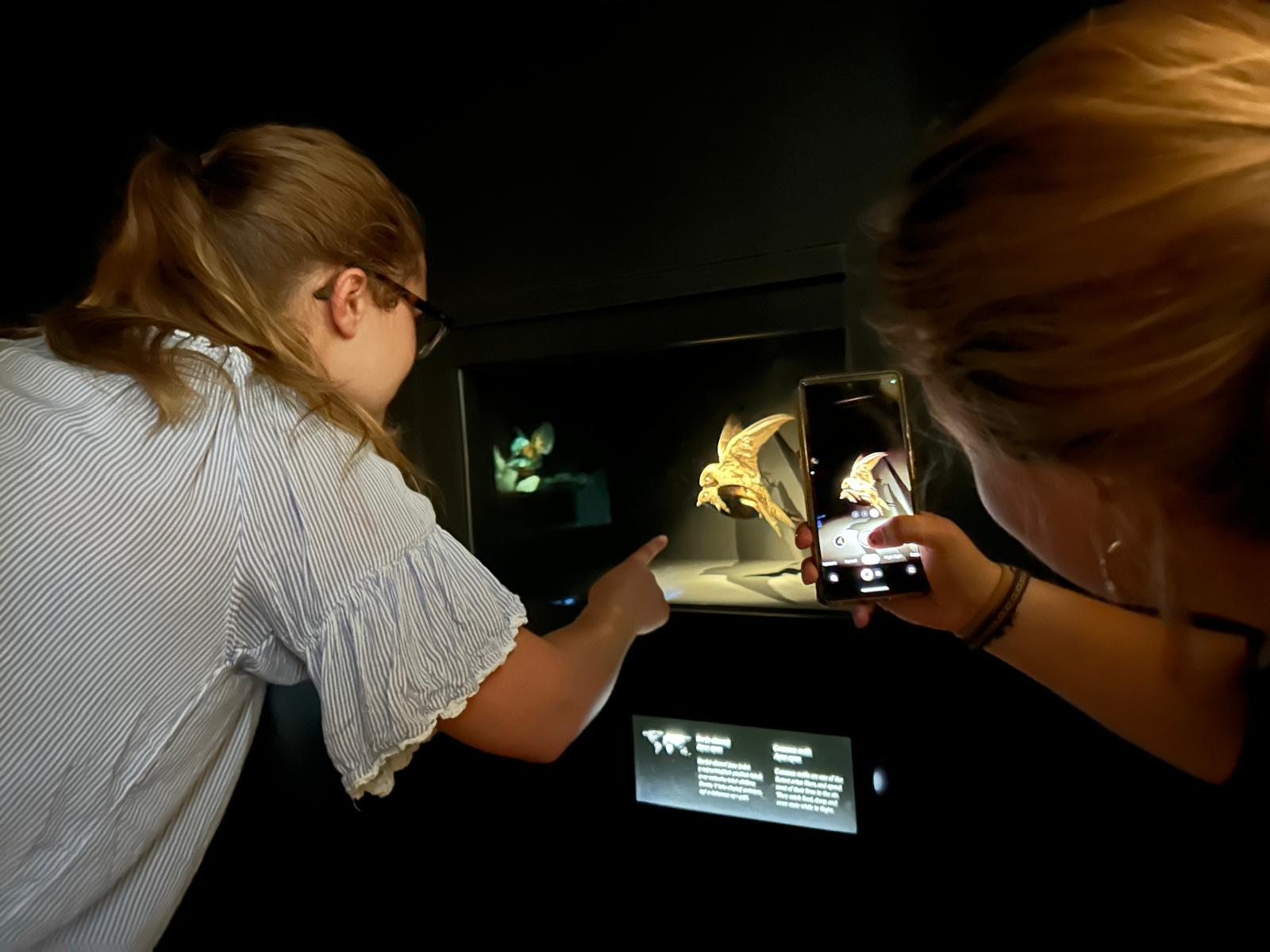
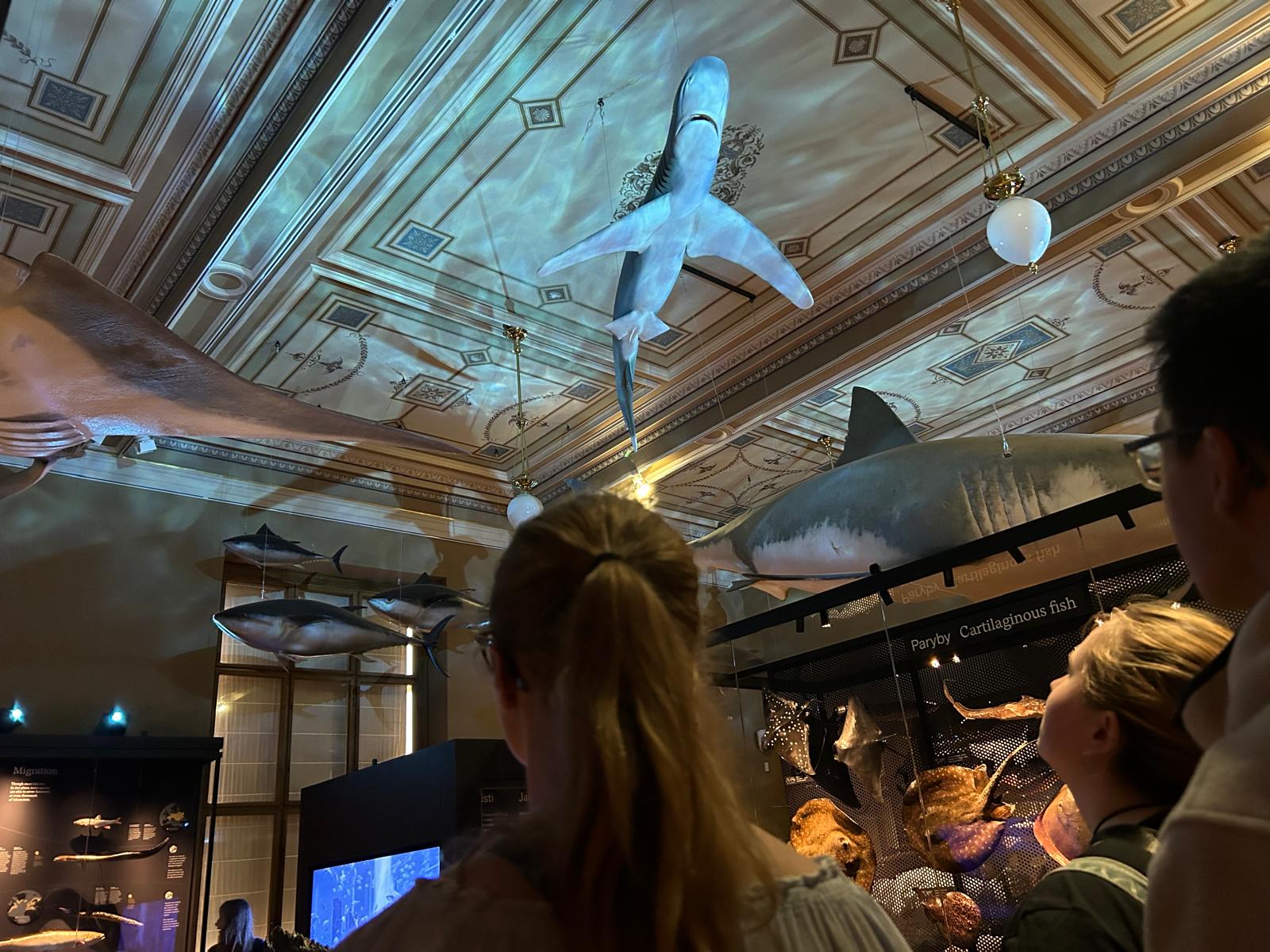
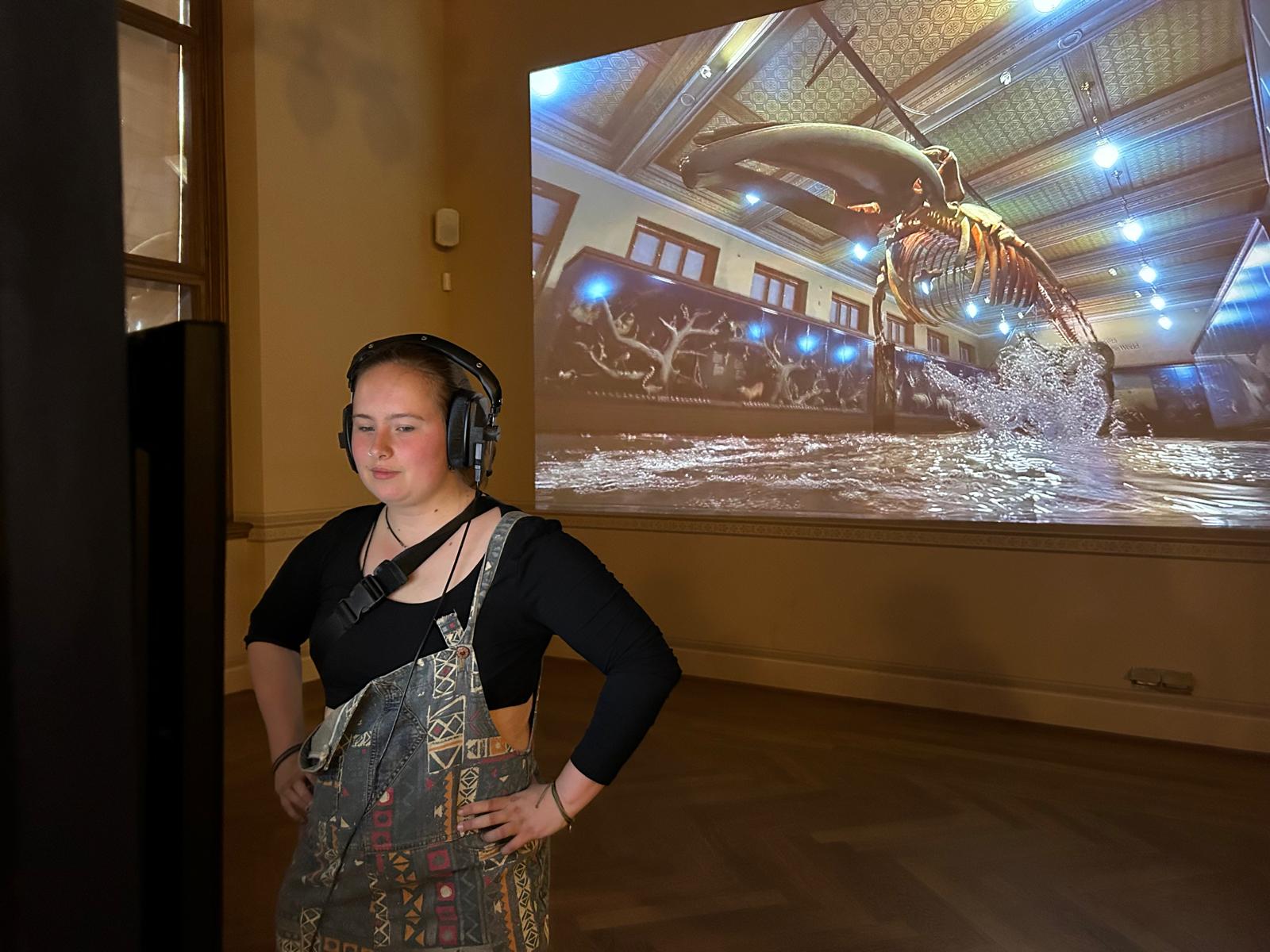
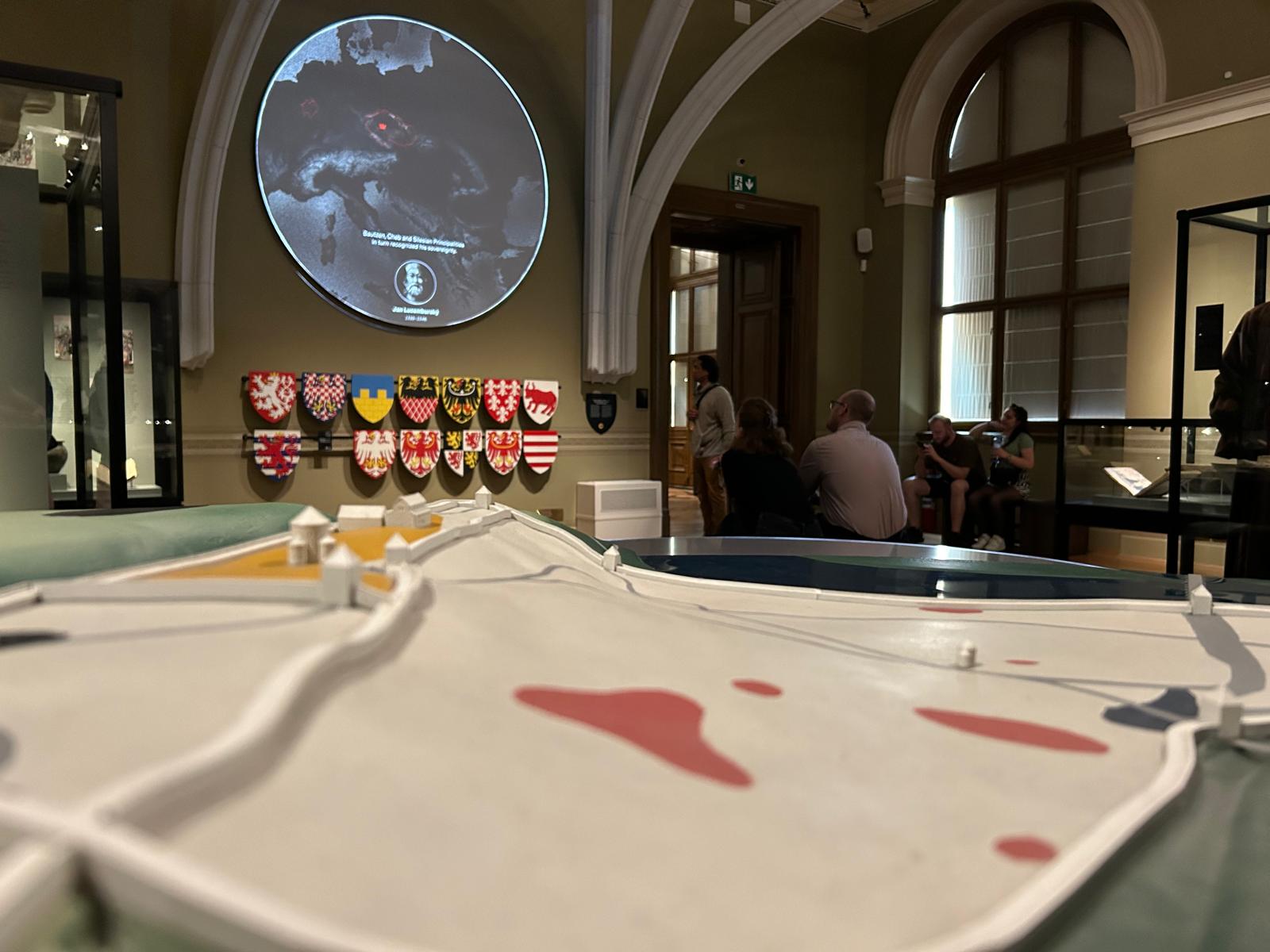
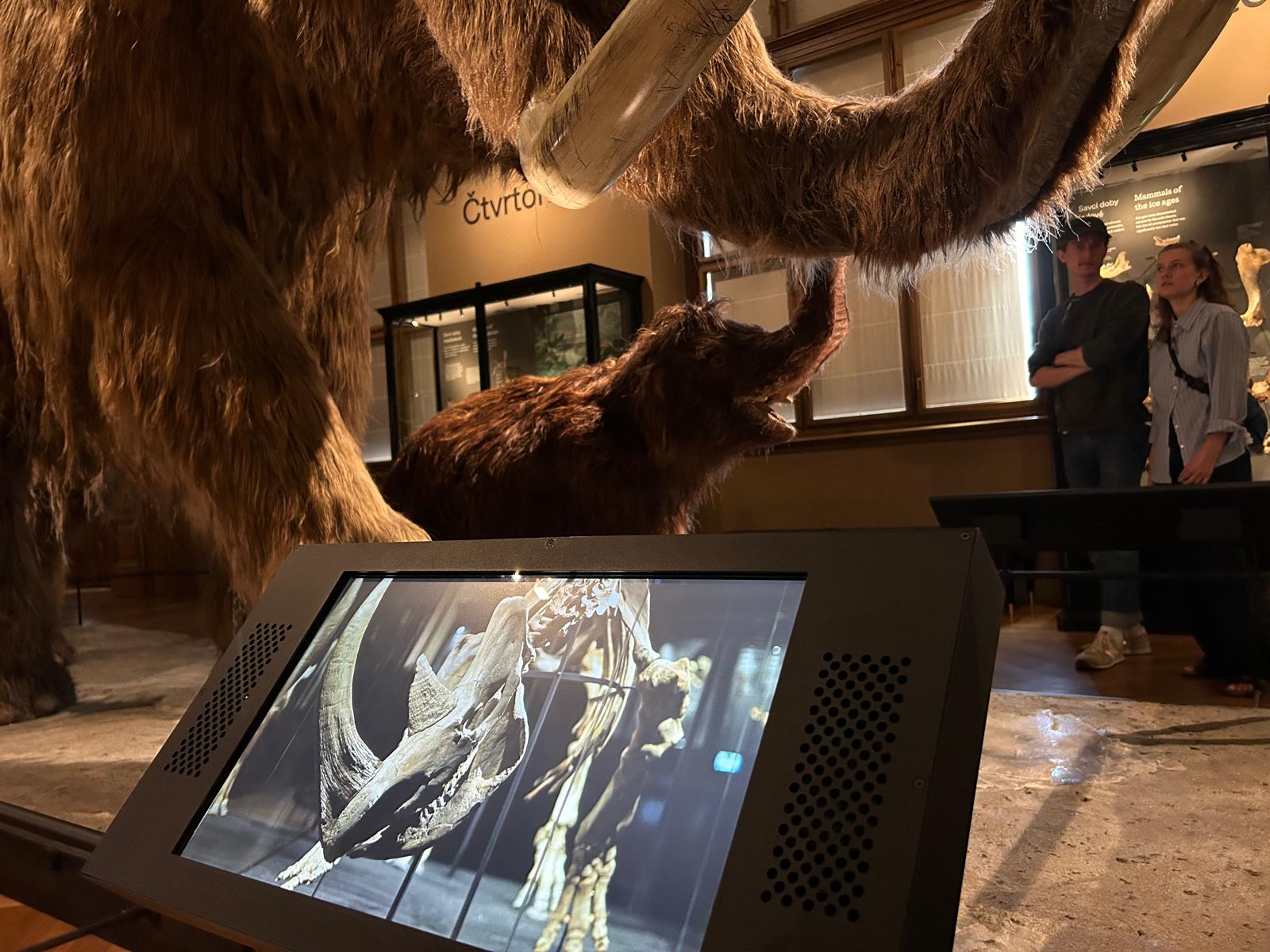
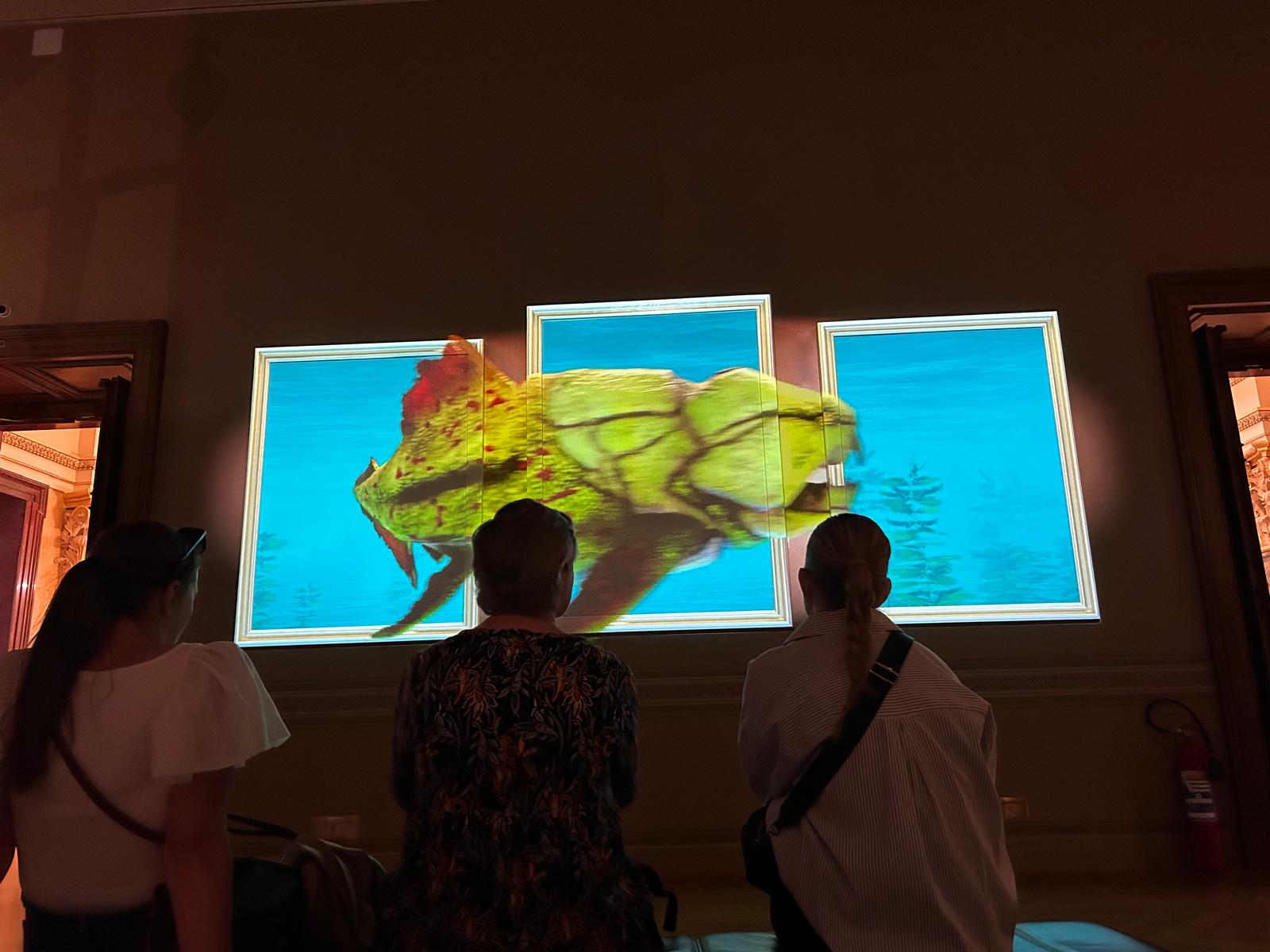
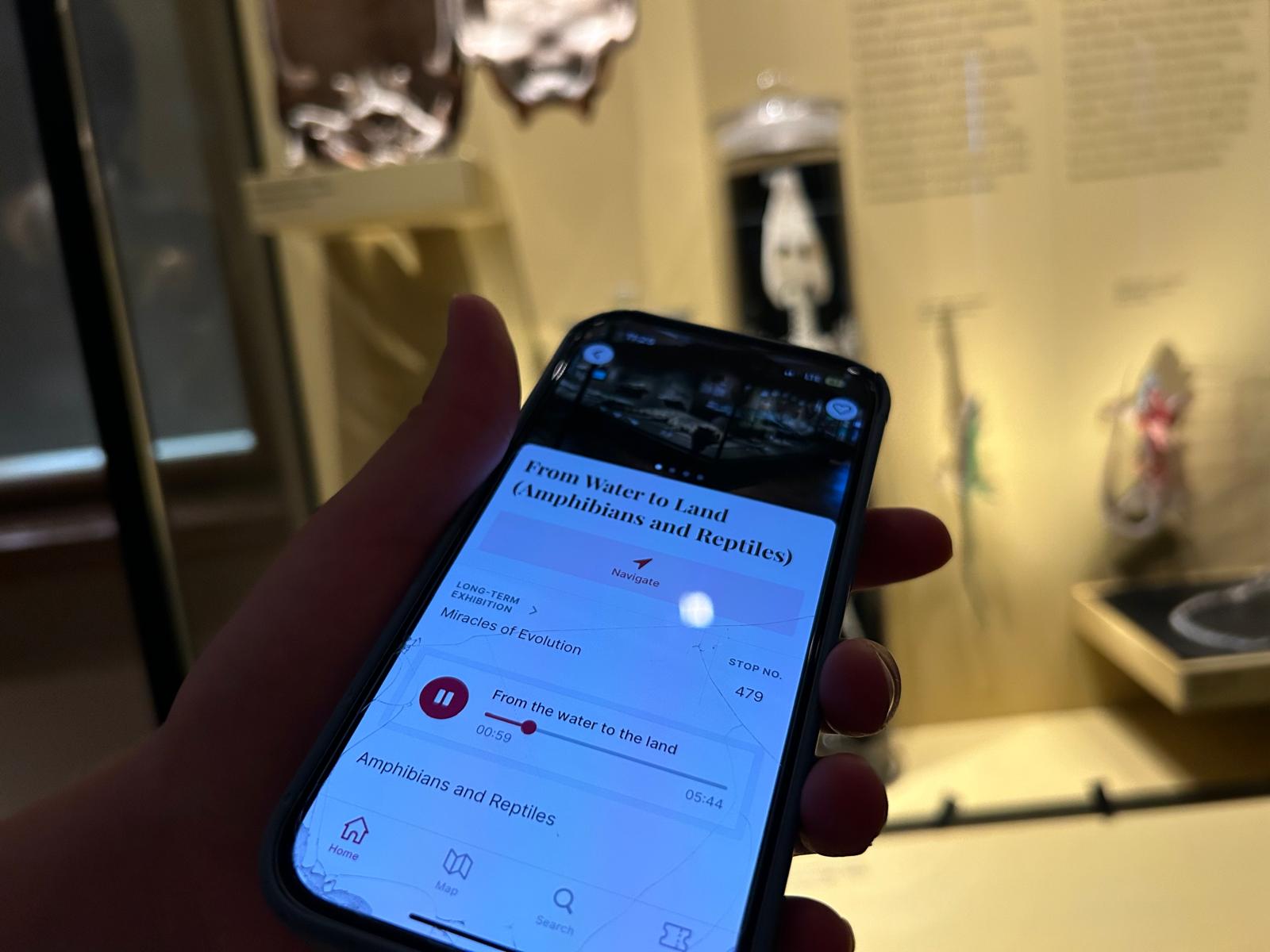
While Lauren walks around the exhibitions, she sees an elevator to ‘the Václav Havel tunnel’ and walks over curiously. “We call it ‘The Tunnel of Time’” says a gallery supervisor that sees Lauren looking around. “You’ll understand it in a second”, the gallery supervisor walks off and Lauren descends in the elevator. The tunnel is empty and when walking in, the screen right and left from her start playing, a big dark low sound, like a bang, starts this experience and the screen shows the earth. A few more people walk in the tunnel and the reflection of the earth shows on their intrigued faces. On the screens the time goes all the way back to the very beginning and show the empty earth, while time passes, animals start showing up and it shows the whole process of life. This tunnel goes underground from the National Museum to the New building of the National Museum, it’s a good example of the museum trying to bring old and new together. While the National museum shows the history of many years ago, the new building is mostly focused on the history of the 20th century. As Lauren reached the end of the tunnel, she walks in the more modern looking building, the security guard welcomes here, “How was the time travel?” he jokes, but Lauren thinks that is a very accurate description of what you are supposed to feel when walking through the tunnel. The journey through the tunnel had vividly showcased the evolution of life on earth and the struggles that come with it, bridging the ancient with the contemporary.
"Every exhibit tells a story, inviting us to not just see history, but to feel it, understand it, and keep it alive for generations to come." - Lauren Zola
As Lauren wandered into the modern building with these expansive windows, she reflected on her experience. The museum’s commitment to using technology and digital innovations to preserve but also share its rich cultural heritage, was evident everywhere she looked. The blend of beautiful paintings, interactive exhibitions, taxidermy animals, augmented reality fin whales, gemstones and digital archives not only made the museum accessible to a global audience, but also enriched the physical visit to the museum. “With each step, I felt more connected to the stories of the past, the essence of discovery and wonder within these historical walls, that’s something that will always remain timeless.” says Lauren with a smile.
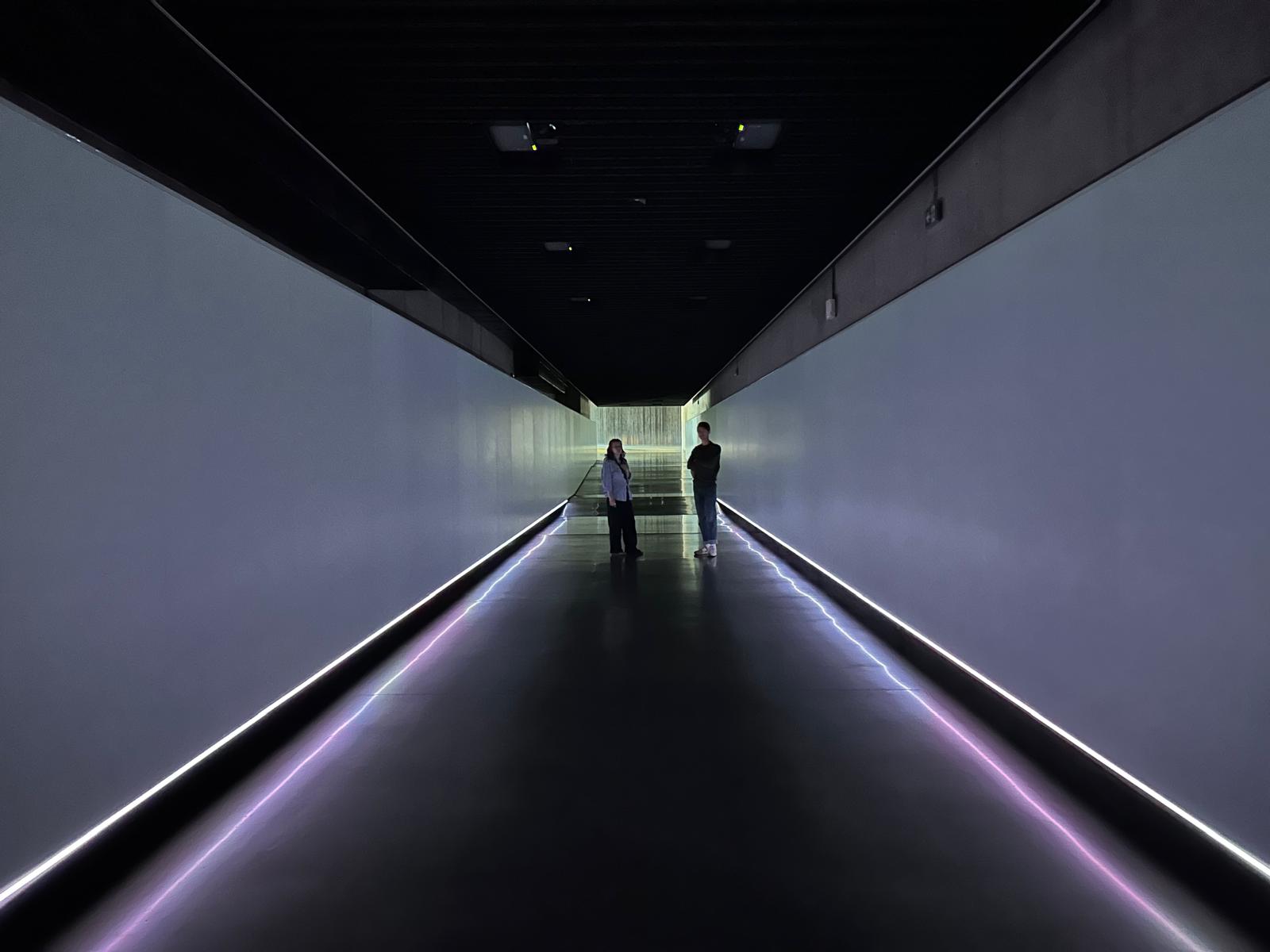
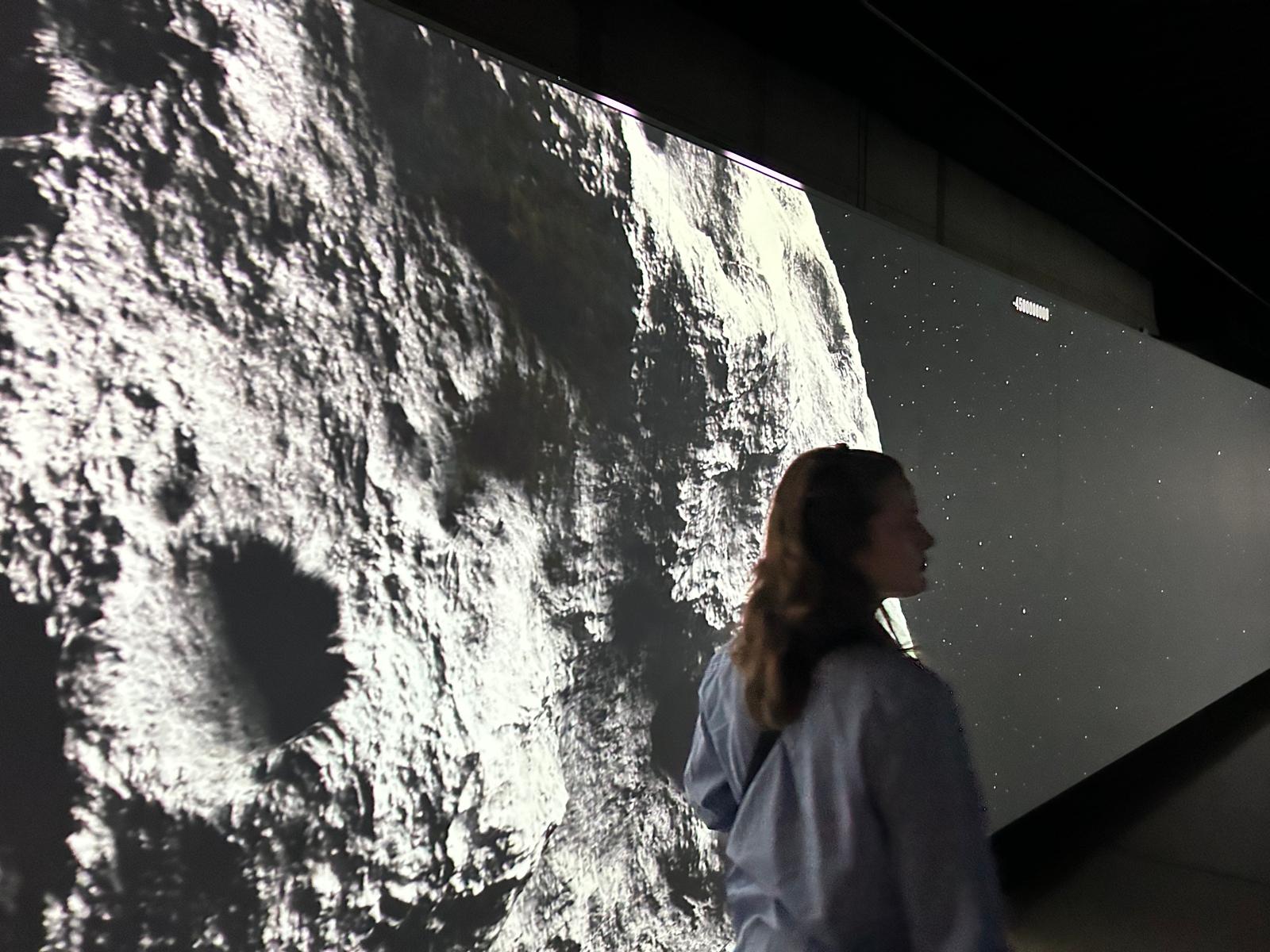
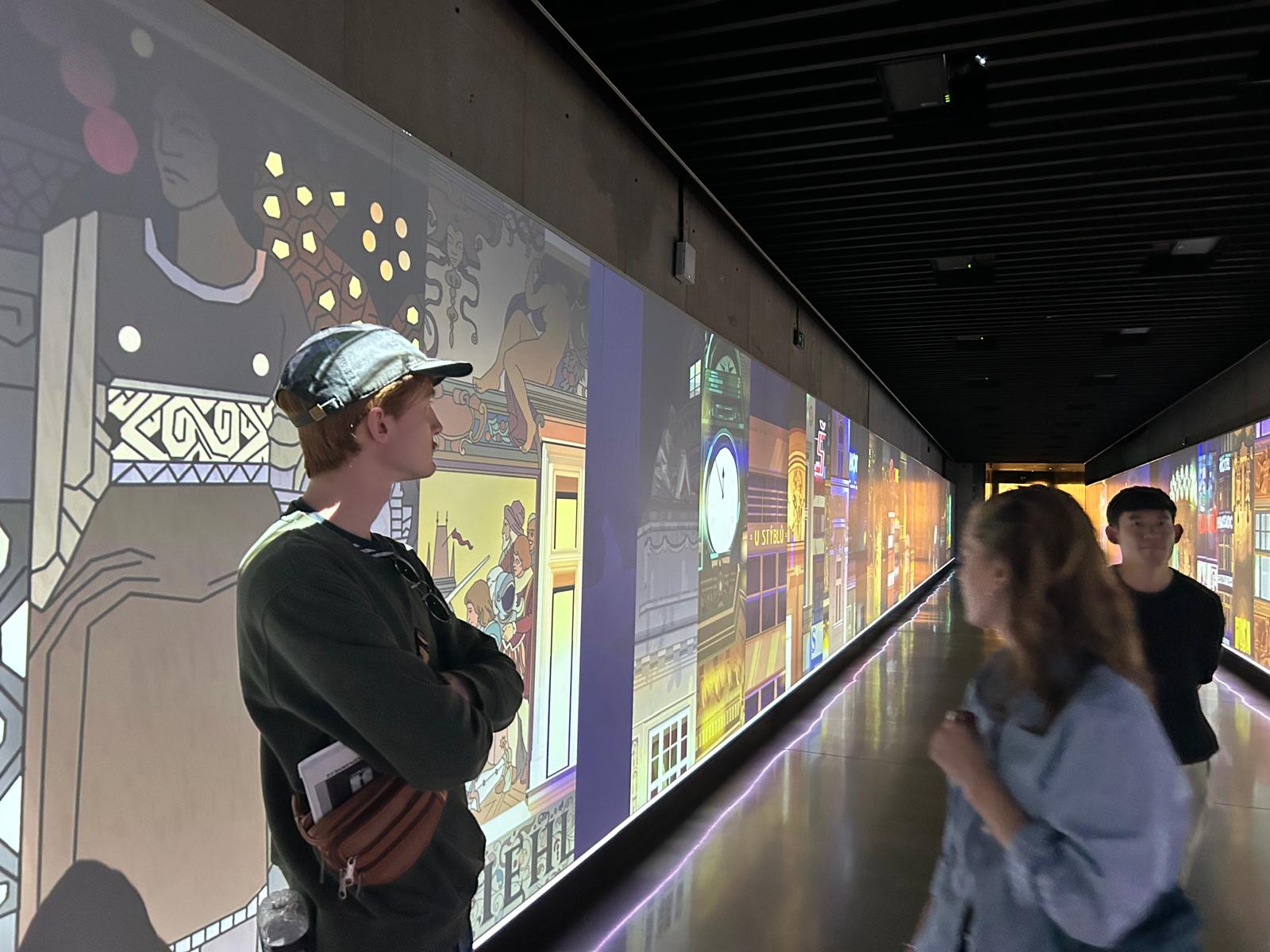
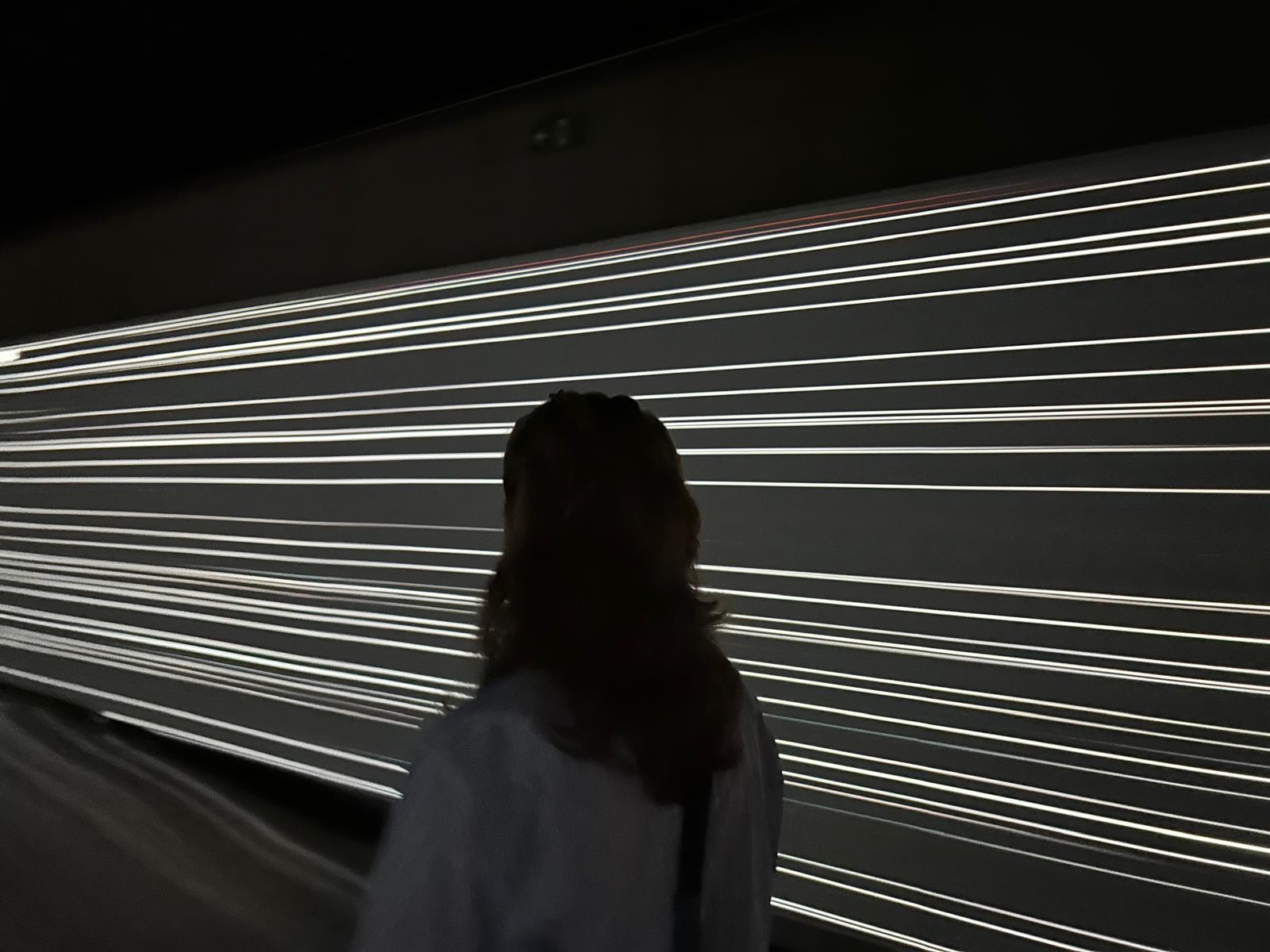
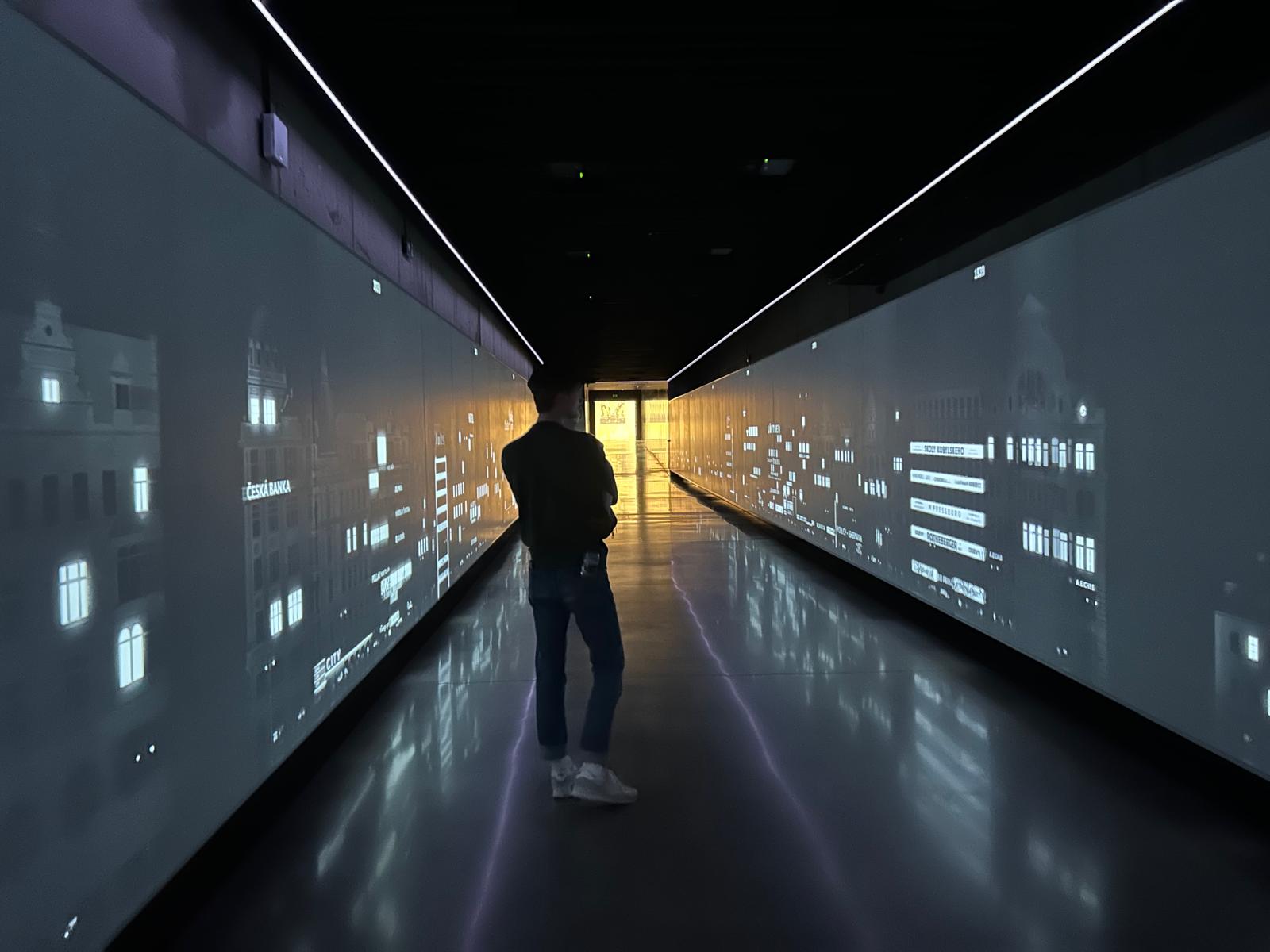
The Václav Havel tunnel, also the 'Tunnel of Time'
